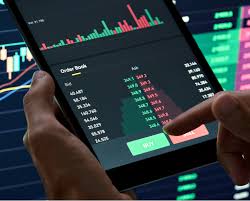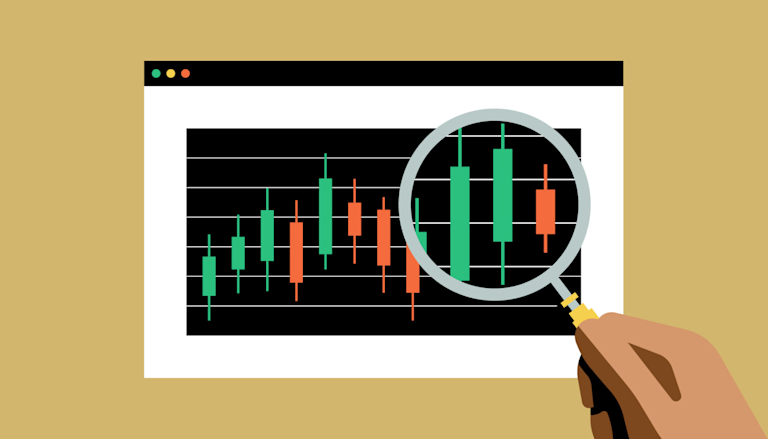Understanding Trading Crypto Indicators for Successful Investments 2

Understanding Trading Crypto Indicators for Successful Investments
In the fast-paced world of cryptocurrency, the ability to analyze market trends is crucial for successful trading. Traders often rely on various tools and indicators to make informed decisions. One such tool is the use of trading crypto indicators, which help to interpret price movements, predict future trends, and provide insights into market conditions. You can find valuable resources on trading indicators at Trading Crypto Indicators https://www.newsvoir.com/index.php?option=com_content&view=catnews&catid=117&Itemid=37&page=329. In this article, we will delve into the different types of trading crypto indicators, their functioning, and how they can enhance your trading strategy.
What Are Crypto Indicators?
Crypto indicators are mathematical calculations based on the price, volume, or open interest of a cryptocurrency. They assist traders in determining market trends and gauging the strength of price movements. Indicators provide insights into potential entry and exit points, helping traders to optimize their investments and mitigate risks.
Types of Trading Crypto Indicators
There are numerous types of indicators available, each serving different purposes. Here are some of the most popular trading crypto indicators:
1. Moving Averages (MA)
Moving averages are one of the most commonly used indicators in trading. They smooth out price data over a specified period, allowing traders to identify trends. The two most popular types are the Simple Moving Average (SMA) and the Exponential Moving Average (EMA). The SMA calculates the average price over a set period, while the EMA gives more weight to recent prices, making it more responsive to new information.
2. Relative Strength Index (RSI)

The Relative Strength Index is a momentum oscillator that measures the speed and change of price movements. It ranges from 0 to 100 and typically uses levels of 30 and 70 to indicate overbought and oversold conditions. A reading above 70 often signals that an asset may be overbought, while a reading below 30 indicates oversold conditions.
3. Moving Average Convergence Divergence (MACD)
MACD is a trend-following momentum indicator that shows the relationship between two moving averages of a security’s price. The MACD consists of the MACD line, signal line, and histogram. When the MACD line crosses above the signal line, it is often seen as a bullish signal, while a cross below may indicate a bearish trend.
4. Bollinger Bands
Bollinger Bands consist of a middle band (SMA) and two outer bands that are standard deviations away from the SMA. Traders use Bollinger Bands to gauge market volatility and identify potential reversal points. When prices touch the upper band, it may indicate overbought conditions, while touching the lower band may suggest oversold conditions.
5. Volume Indicators
Volume indicators are essential for understanding market dynamics. They provide insights into the strength of a price movement. High volume during price increases suggests strong demand, while low volume may indicate a lack of interest. Indicators like the On-Balance Volume (OBV) and Volume Weighted Average Price (VWAP) are popular among traders.
How to Use Crypto Indicators in Trading
While indicators can enhance trading strategies, it’s crucial to use them in conjunction with other research methods. Here are some tips for effectively using trading crypto indicators:

1. Combine Multiple Indicators
Using a combination of different indicators can provide a more comprehensive view of market conditions. For example, pairing trend indicators like moving averages with momentum indicators such as RSI can help confirm signals and refine entry and exit points.
2. Understand Market Conditions
Indicators behave differently under varying market conditions. In trending markets, trend indicators may be more reliable, while oscillators can provide better signals in ranging markets. Be sure to adapt your strategy based on the current market environment.
3. Set Clear Trading Goals
Before entering the market, establish clear trading goals and risk management strategies. Determine your entry and exit points based on the signals provided by your indicators and always use stop-loss orders to minimize losses.
4. Keep Learning
The cryptocurrency market is constantly evolving. Stay informed about new indicators, strategies, and market developments. Continuous learning can significantly enhance your trading skills and decision-making process.
Conclusion
Trading crypto indicators are valuable tools for both novice and experienced traders. By understanding how to interpret and apply these indicators, you can make more informed investment decisions in the unpredictable crypto market. Remember to combine various indicators, understand market conditions, set clear goals, and commit to ongoing education to increase your chances of success. As you integrate trading indicators into your strategy, you’ll find that they can provide critical insights to guide your trading journey.